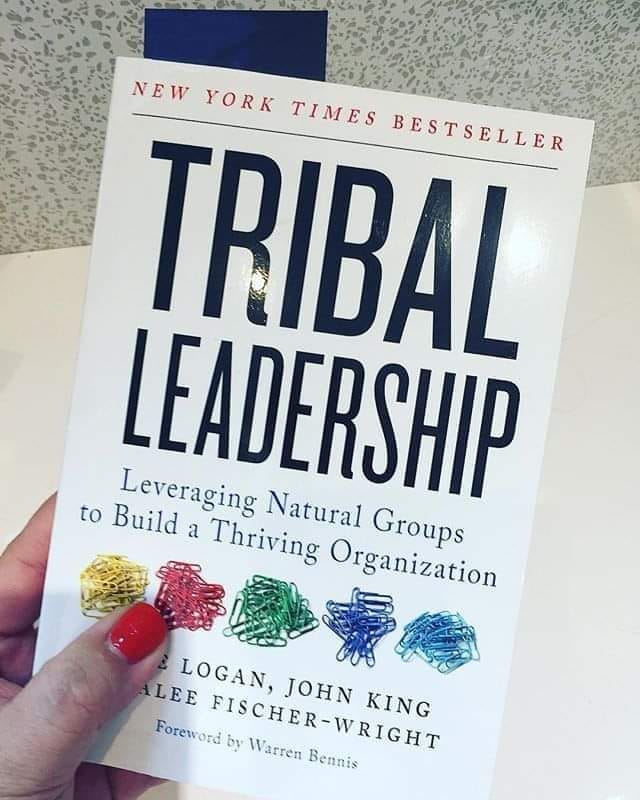Summary of Tribal Leadership: Leveraging Natural Groups to Build a Thriving Organization by Dave Logan, John King, and Halee Fischer-Wright
Tribal Leadership explores the dynamics of workplace culture and the concept of “tribes” within organizations. The authors argue that understanding and harnessing these natural groups can lead to improved performance, collaboration, and overall organizational success. Here are the key concepts and insights from the book:
1. Understanding Tribes
A “tribe” is defined as a group of 20 to 150 people who share a common culture and sense of identity. These tribes form naturally within organizations, often transcending formal hierarchies.
2. The Five Stages of Tribal Culture
The authors identify five stages of tribal culture, each characterized by different values and behaviors:
- Stage 1: Life Sucks
Tribes in this stage have a negative outlook and experience high levels of dysfunction. Members feel victimized and often exhibit disengagement. - Stage 2: My Life Sucks
Individuals begin to recognize their own issues but still feel powerless. This stage is marked by isolation and lack of collaboration. - Stage 3: I’m Great (and You’re Not)
Members are focused on individual achievement and competition. While there may be some success, collaboration is limited, leading to silos. - Stage 4: We’re Great
In this stage, tribes work collaboratively toward common goals. There is a strong sense of identity and camaraderie, leading to enhanced performance. - Stage 5: Life is Great
The highest level of tribal culture, where members are not only collaborative but also focused on contributing to the broader community. This stage fosters innovation and a sense of purpose.
3. The Role of Leaders
Leaders play a critical role in guiding tribes through these stages. Effective leadership involves recognizing the current stage of the tribe and implementing strategies to elevate it. Leaders should:
- Foster communication and collaboration.
- Encourage a shared vision and values.
- Create an environment that nurtures trust and engagement.
4. Building Tribal Culture
The authors provide practical strategies for enhancing tribal culture, such as:
- Identifying Values: Clearly define the values that will guide the tribe and align members toward a common purpose.
- Engaging Members: Actively involve tribe members in decision-making and problem-solving to increase ownership and commitment.
- Celebrating Successes: Acknowledge and celebrate achievements, both big and small, to build morale and reinforce positive behaviors.
5. The Power of Connection
A key takeaway is the importance of relationships within tribes. Strong interpersonal connections enhance collaboration, foster innovation, and create a sense of belonging.
Conclusion
Tribal Leadership offers a compelling framework for understanding and leveraging the natural groups that form within organizations. By recognizing the stages of tribal culture and actively working to elevate them, leaders can create thriving workplaces that foster engagement, collaboration, and success. The insights provided in the book can help organizations harness the power of their tribes, ultimately leading to a more positive and productive environment.
